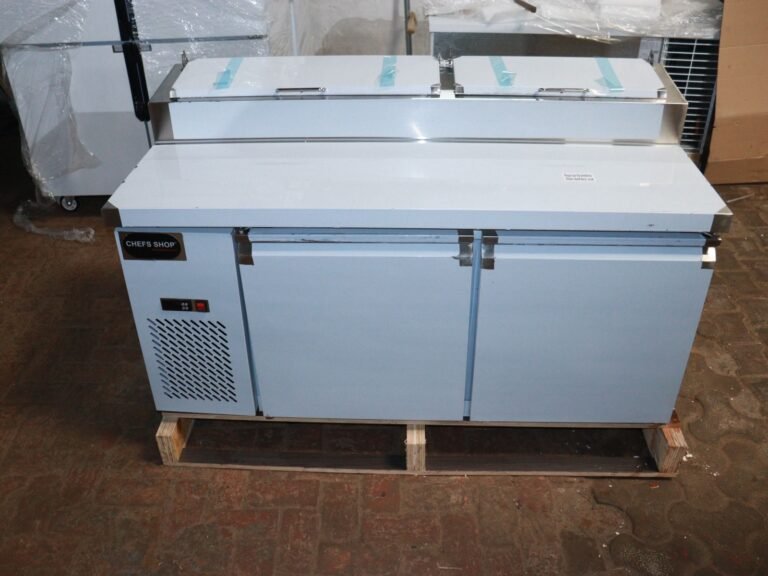How jewelry ERP software is best for managing financial reports ?
In the competitive and intricate world of jewelry businesses, efficient management of financial data is crucial. Jewelry enterprises handle large inventories, fluctuating gold and diamond prices, and varying customer preferences. Managing finances in such a dynamic environment requires precision and real-time insights. Enter jewelry ERP (Enterprise Resource Planning) software, which streamlines business processes, including financial management.
Jewelry ERP systems have transformed how jewelry companies manage their finances by integrating core accounting functions with specialized modules tailored for the industry. This comprehensive software enables accurate financial reporting, effective budgeting, and compliance with industry standards. Let’s explore how jewelry ERP software helps in managing financial reports and why it’s the best solution for jewelry businesses.
Automating Financial Processes
One of the most significant benefits of Best jewelry ERP software is automation. Traditional accounting and bookkeeping methods can be cumbersome and error-prone, especially in jewelry businesses where transactions and pricing are constantly changing. Jewelry ERP automates core financial processes such as invoicing, accounts payable/receivable, tax calculations, and payroll management. This automation reduces human error, ensures accuracy, and saves time.
For example, when a jeweler sells a product, the ERP system automatically updates the financial records, including revenue recognition, cost of goods sold, and tax entries. Automation also extends to creating financial reports, eliminating the manual effort involved in consolidating data from different sources.
Real-Time Financial Insights
Jewelry businesses often deal with fluctuating prices of precious metals and gemstones. A jewelry ERP system provides real-time data on sales, expenses, and profits, giving business owners the ability to monitor financial health instantly. These systems generate real-time financial reports, such as income statements, balance sheets, and cash flow statements, without the need to wait for month-end or quarter-end closing procedures.
Real-time insights into financial performance help jewelry businesses make informed decisions quickly. For instance, if gold prices are rising, the ERP system can immediately reflect the impact on profitability, allowing the business to adjust pricing strategies or hedge inventory accordingly.
Customizable Financial Reporting
Every jewelry business has unique financial reporting requirements depending on its size, product range, and market focus. A one-size-fits-all financial management tool may not be sufficient. Jewelry ERP software stands out by offering customizable financial reports tailored to the specific needs of the jewelry industry.
These customizable reports can include metrics such as jewelry stock valuation, profit margins on different products (gold, diamond, platinum), and customer credit tracking. Additionally, jewelry ERP systems allow users to segment financial data based on stores, regions, product lines, or customer segments. This flexibility ensures that the financial reports generated are relevant to the business’s specific needs and goals.
Inventory Valuation and Financial Accuracy
Inventory management is a critical aspect of the jewelry business, and it directly affects financial reporting. Jewelry ERP software integrates inventory management with financial modules, ensuring accurate valuation of inventory at all times. The system tracks real-time inventory levels, calculates the cost of inventory based on factors such as purchase price, processing costs, and market fluctuations, and links it to financial statements.
By providing accurate instant inventory valuation, the ERP system ensures that the cost of goods sold (COGS) and gross profits are reported correctly. This accuracy is vital when preparing financial reports, as any discrepancy in inventory valuation can lead to incorrect financial statements and potentially costly errors in decision-making.
Comprehensive Budgeting and Forecasting
Jewelry ERP systems support comprehensive budgeting and forecasting functionalities. With the ability to track historical financial data, ERP software can help jewelry businesses create detailed budgets that account for costs such as raw materials, labor, marketing, and operations. These budgets are aligned with sales forecasts and expected market conditions.
The ERP system allows businesses to monitor actual financial performance against budgeted figures, making it easier to spot variances and take corrective actions. Jewelry ERP systems also support cash flow forecasting, enabling businesses to cash shortages or surpluses based on projected sales and expenses.
For instance, during peak sales seasons (like festive periods or bridal season), the ERP system can forecast increased demand and ensure that the budget accounts for higher procurement of raw materials like gold or diamonds.
Compliance and Audit Readiness
Jewelry businesses must adhere to various financial regulations, including tax laws and industry standards. Jewelry ERP systems help businesses stay compliant by automatically calculating taxes, generating tax reports, and ensuring that financial statements adhere to accounting standards such as GAAP or IFRS.
Moreover, jewelry ERP systems store all financial data in an organized and auditable format. In the event of an audit, businesses can quickly retrieve records, including transaction history, tax filings, and financial reports, ensuring that the audit process is smooth and efficient.
Improved Cash Flow Management
Cash flow is the lifeblood of any business, and jewelry ERP systems are designed to optimize cash flow management. By providing real-time visibility into outstanding invoices, due payments, and upcoming expenses, the ERP system helps businesses manage their cash flow more effectively. Automated alerts and reminders ensure timely collection of receivables and prompt payment of liabilities.
Improved cash flow management enables jewelry businesses to maintain liquidity, reduce borrowing costs, and invest in growth opportunities. The ERP system can also generate cash flow statements, providing a clear picture of the inflows and outflows of cash and highlighting areas where improvements can be made.
Integration with Other Business Functions
Jewelry ERP software integrates financial management with other business functions such as sales, procurement, production, and customer relationship management (CRM). This integration ensures that all financial data is updated in real-time and is consistent across all departments.
For example, when raw materials (such as gold or diamonds) are purchased, the procurement module updates inventory levels, and the financial module records the expense. Similarly, when a customer makes a payment, the updates the customer’s account, and the financial module reflects the transaction. This seamless integration eliminates the need for manual data entry and ensures that financial reports are accurate and comprehensive.
Scalability for Growing Jewelry Businesses
Jewelry businesses often experience periods of growth, either by expanding their product lines or entering new markets. Jewelry ERP software is scalable, meaning it can handle increased transaction volumes, additional stores, and more complex financial reporting needs as the business grows. Scalability ensures that the ERP system remains a valuable asset, even as the business expands its operations.
Conclusion
Jewelry ERP software is the ultimate tool for managing financial reports in the jewelry industry. Its ability to automate financial processes, provide real-time insights, offer customizable reporting, ensure accurate inventory valuation, and support budgeting and compliance makes it indispensable. Moreover, its seamless integration with other business functions and scalability makes it the best choice for growing jewelry businesses.






